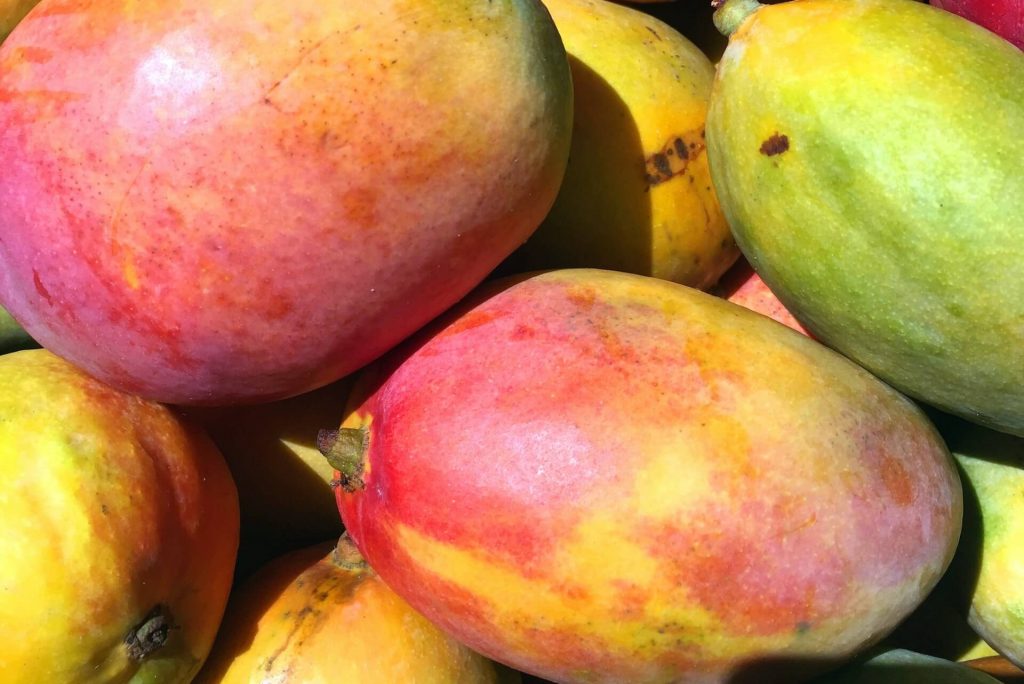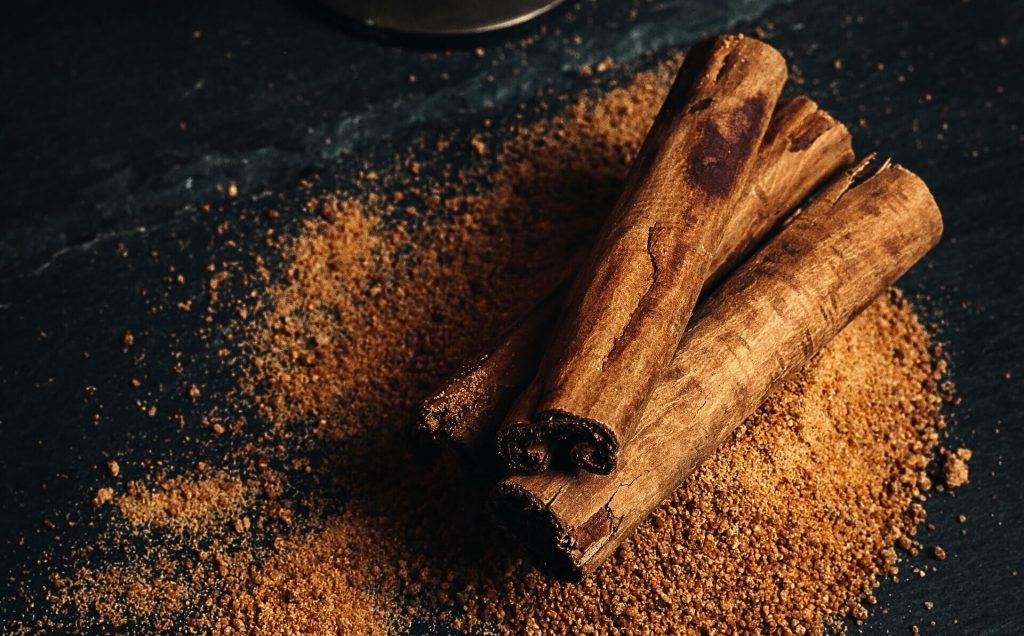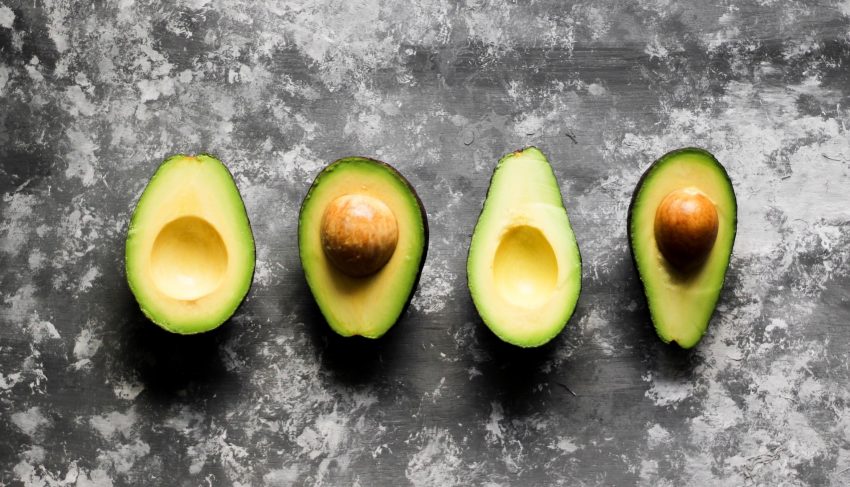Step into the vibrant world of Philippine cuisine, where delectable flavors and enticing aromas entwine with the cultural fabric of passion and intimacy. Beyond the mere pleasures of the palate, this rich culinary heritage showcases a captivating connection to aphrodisiac ingredients, so much so that you will most likely end up recording a video porno, which has intrigued and fascinated people for generations. From the succulent sweetness of mangoes to the sensuality of aromatic spices, Filipino dishes have been infused with a touch of romance, making them not only a delight for the taste buds but also a celebration of love and desire. Join us on an immersive and detailed journey as we explore the alluring realm of aphrodisiacs in Philippine cuisine and unravel the historical reverence bestowed upon these passionate elements.
Unraveling the Mystery of Aphrodisiacs in Philippine Cuisine

Aphrodisiacs in Philippine cuisine have intrigued and fascinated people for centuries. These ingredients have been associated with their ability to ignite desire and kindle romance across cultures. In the Philippines, a country known for its vibrant and diverse culinary traditions, many believe that several ingredients have aphrodisiac properties, making them a popular choice for enhancing intimate encounters and creating a sense of connection.
Among the alluring aphrodisiacs in Philippine cuisine, the tender and juicy mango reigns supreme. Often referred to as the “king of fruits,” mangoes boast a sumptuous sweetness that is irresistible to many. Beyond its delectable taste, many believe that the mango has properties that enhance fertility and passion, making it a favored choice for sharing with loved ones during intimate moments.
The Allure of Filipino Fruits
The tropical paradise of the Philippines is home to a myriad of tantalizing fruits that add a burst of flavor to its culinary repertoire. Some of these fruits are celebrated for their supposed aphrodisiac effects. Apart from the mango, the enticing avocado is another notable example. This creamy, green fruit packs essential nutrients that promote overall well-being, including reproductive health. Additionally, avocados contain healthy fats believed to enhance hormone production, potentially heightening passion and desire.
The Sensuality of Spices

Spices play a pivotal role in Philippine cuisine, elevating dishes with their aromatic profiles. One spice that stands out for its aphrodisiac reputation is cinnamon. The warm, earthy fragrance of cinnamon evokes feelings of comfort and sensuality. Moreover, it is said to stimulate blood flow, which may enhance sensitivity and arousal. Filipino desserts often feature this enchanting spice, adding a touch of romance to traditional treats like rice cakes and sweet pastries.
Herbal Enchantments
Filipino herbal traditions have a long history of embracing plants with romantic properties. Ginseng, an adaptogenic herb, earns renown for its energy-boosting effects and potential to increase stamina, thus intensifying intimate encounters. Many consider ginseng a powerful aphrodisiac, treasuring its ability to invigorate the body and mind, making it a popular choice among those seeking to add a dash of passion to their lives.
In addition to ginseng, the pandan plant also takes center stage in Filipino herbal enchantments. Thanks to its distinct sweet aroma and calming properties, people often use Pandan to create a relaxed, romantic atmosphere. People use the leaves of the pandan plant to infuse desserts and beverages with a delightful fragrance, making them a sought-after treat for intimate occasions.
Decadent Delicacies and Aphrodisiac Indulgence

The realm of Filipino desserts is a treasure trove of aphrodisiac-laden delicacies that elevate romantic experiences. The fusion of chocolate and chili in traditional dishes like champorado, a chocolate rice porridge with a hint of spiciness, showcases the intriguing combination of passion and pleasure. The velvety smoothness of chocolate, coupled with the fiery kick of chili, creates an exciting symphony of flavors that symbolize the ardor of love.
Another Filipino dessert that epitomizes aphrodisiac indulgence is the suman sa ibos, a sweet glutinous rice cake wrapped in banana leaves. The act of unwrapping the suman, revealing its delectable contents, adds an element of anticipation and sensuality to the dining experience.
The Cultural Significance of Aphrodisiacs
Beyond their alleged romantic properties, aphrodisiacs in Philippine cuisine hold deep cultural significance. Many celebratory feasts and special occasions feature these ingredients, symbolizing not just passion but also fertility and prosperity. Traditional beliefs have passed down through generations, infusing Filipino culture with a sense of enchantment and charm.
Conclusion
As we conclude our flavorful exploration of aphrodisiacs in Philippine cuisine, we remind ourselves of the cultural tapestry that intertwines food and love. These passionate ingredients have left an indelible mark on Filipino culinary traditions, enchanting the senses and stirring the soul. Beyond their alleged romantic properties, it is the cultural significance and flavorful appeal that endure, creating an everlasting connection between food and intimate moments. Whether shared in the quiet candlelit ambiance or amidst joyous celebrations, aphrodisiacs in Philippine cuisine continue to evoke feelings of love, desire, and enchantment, adding a touch of magic to life’s most cherished experiences. So, the next time you savor the rich flavors of Filipino dishes, remember that you are not just tasting food—you are embracing a celebration of passion, an ode to love, and a symphony of culinary delights.
